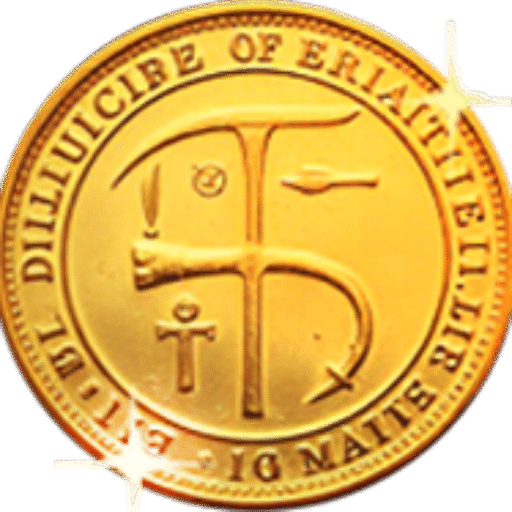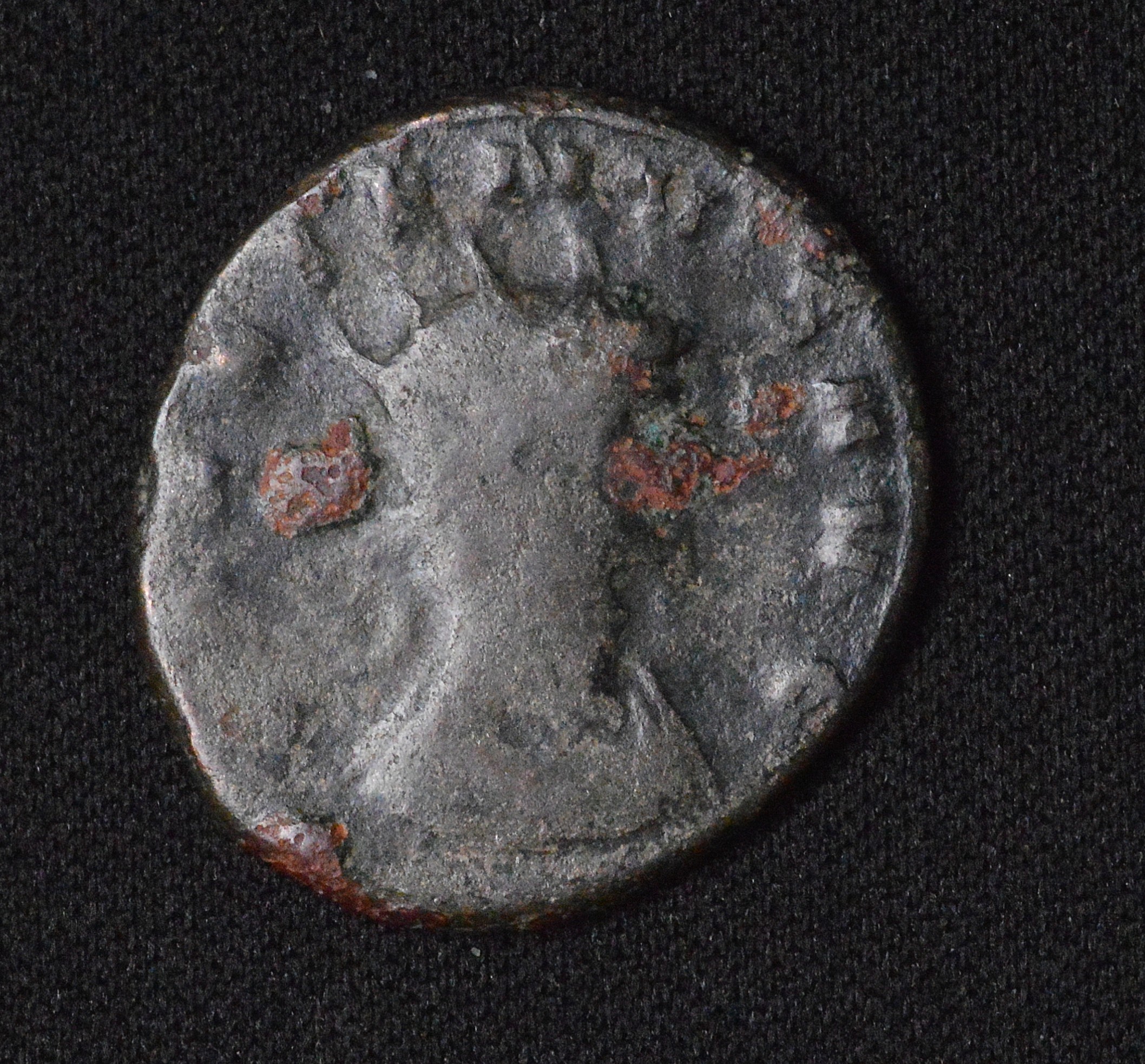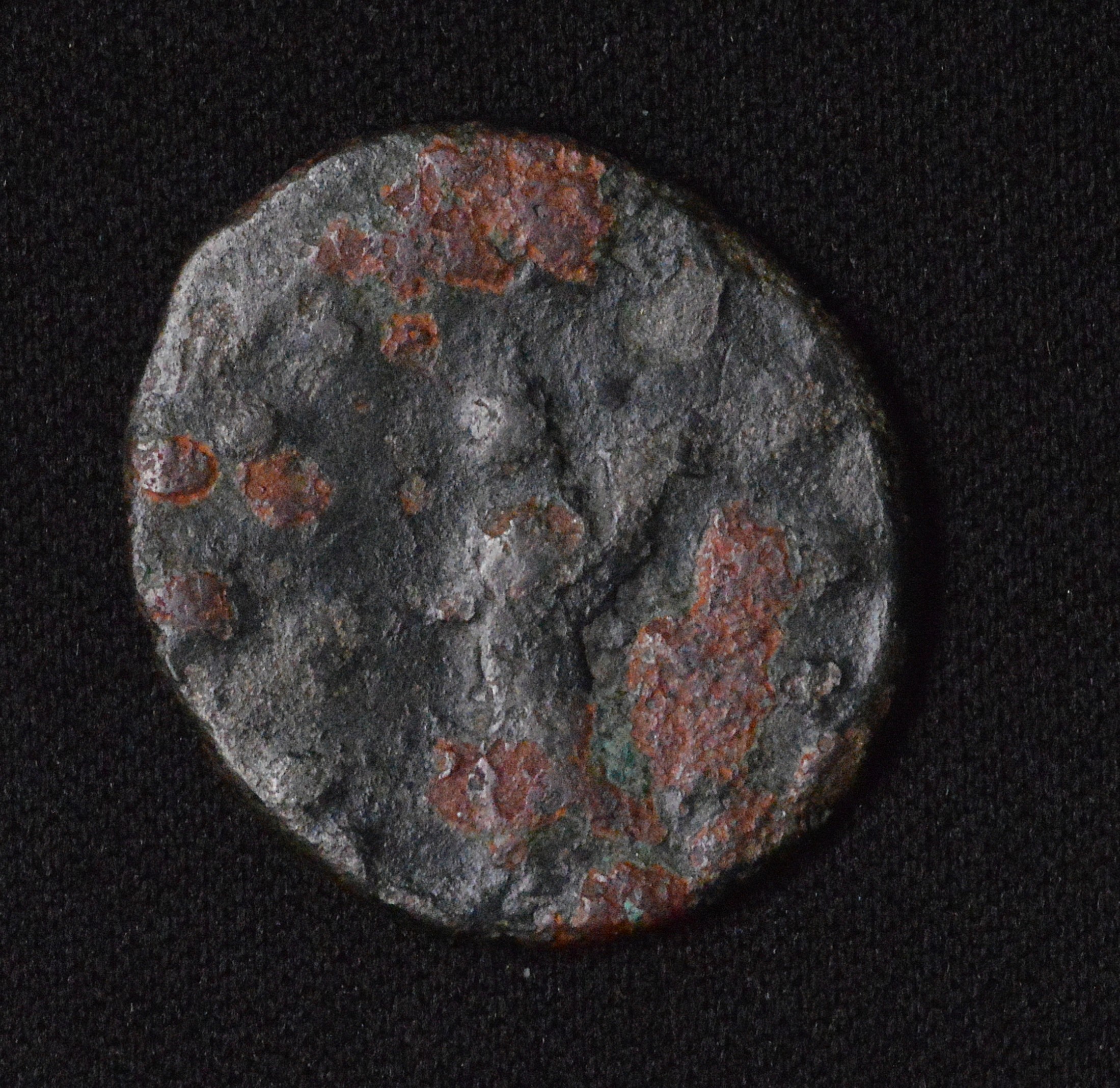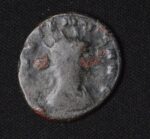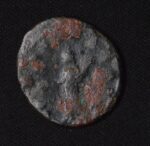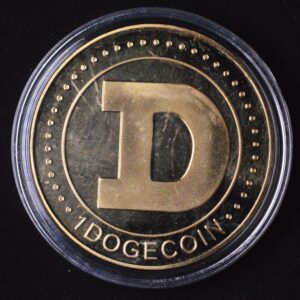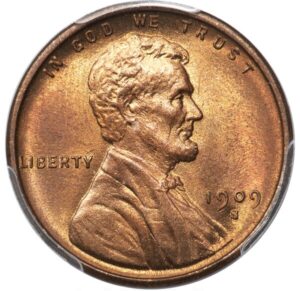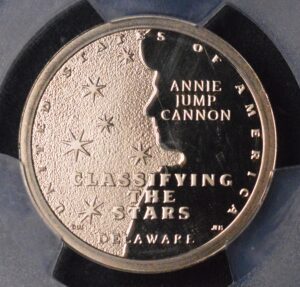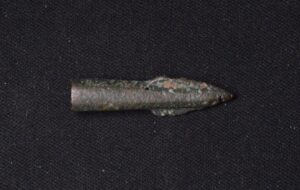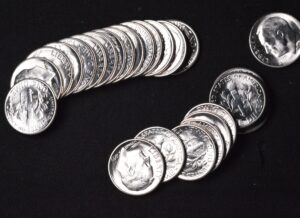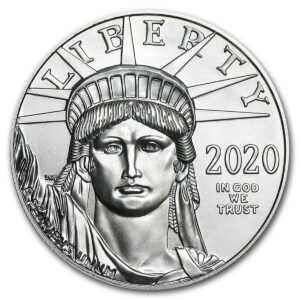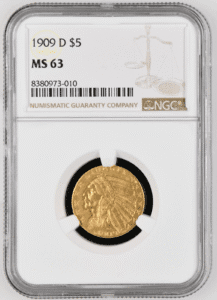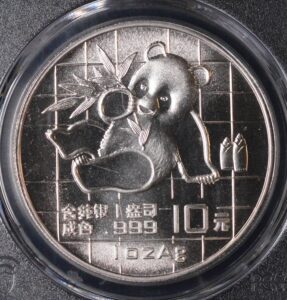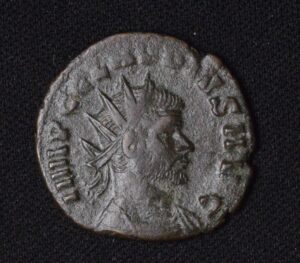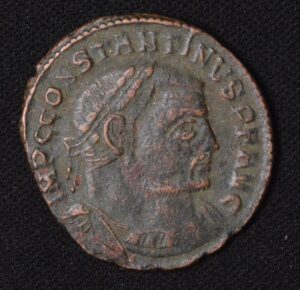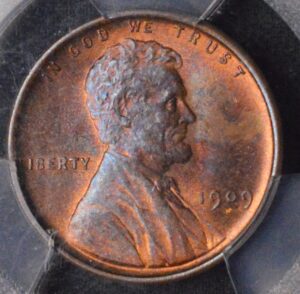Description
An Unknown Low Grade Roman Coin from Lot #B is typically a coin that shows significant wear and surface degradation due to circulation, age, and environmental exposure over centuries. Ancient coins often circulated extensively and were hand-struck, so lower-grade examples may have weak or incomplete details, shallow inscriptions, or damage such as corrosion, scratches, or pitting.
Ancient coin grading differs from modern coins. Rather than a numeric scale like the Sheldon system, ancient coins are usually graded with descriptive terms such as Poor (PR), Fair (FA), About Good (AG), Good (G), Very Good (VG), Fine (F), Very Fine (VF), Extremely Fine (EF), and Mint State (MS). A low-grade coin would likely fall into the Poor to Good range, meaning the design details and legends may be barely visible or heavily worn.
Low-grade Roman coins can still be valuable to collectors, especially if they are rare types, have historical significance, or come from particular emperors or periods. The patina and surface condition—such as natural corrosion or encrustation—may add character and authenticity, though excessive cleaning or damage can reduce value.
In summary, a low-grade Roman coin from Lot #B is likely to show heavy wear and surface issues but retains its value and interest as a genuine artifact from ancient times, providing a direct physical connection to the past despite its condition.
An Unknown Low Grade Roman Coin from Lot #B is typically a coin that shows significant wear and surface degradation due to circulation, age, and environmental exposure over centuries. Ancient coins often circulated extensively and were hand-struck, so lower-grade examples may have weak or incomplete details, shallow inscriptions, or damage such as corrosion, scratches, or pitting.
Ancient coin grading differs from modern coins. Rather than a numeric scale like the Sheldon system, ancient coins are usually graded with descriptive terms such as Poor (PR), Fair (FA), About Good (AG), Good (G), Very Good (VG), Fine (F), Very Fine (VF), Extremely Fine (EF), and Mint State (MS). A low-grade coin would likely fall into the Poor to Good range, meaning the design details and legends may be barely visible or heavily worn.
Low-grade Roman coins can still be valuable to collectors, especially if they are rare types, have historical significance, or come from particular emperors or periods. The patina and surface condition—such as natural corrosion or encrustation—may add character and authenticity, though excessive cleaning or damage can reduce value.
In summary, a low-grade Roman coin from Lot #B is likely to show heavy wear and surface issues but retains its value and interest as a genuine artifact from ancient times, providing a direct physical connection to the past despite its condition.
CUSTOMER FEEDBACK








Related Products & Newly Released!
-
$600.00
-
$3,000.00




SHIPPING POLICY
Your order is shipped from the United States with USPS tracking within one business day.
14 Day Return Policy
You can return your item back within
14 days of the purchase

Secure payments
Your payments are 100% secure and are processed through Square or PayPal on a protected security network.
SHIPPING POLICY
FREE International and Domestic (United States) shipping. Your order is shipped with USPS tracking 24 hours after you order.
14 Day Return Policy
You can return your item back within
14 days of the purchase

Secure payments
Your payments are 100% secure and are processed through Square or PayPal on a protected security network.
RESOURCES
support
Get Fresh Articles!
Sign up now to receive our articles for the latest insights and promotions!
RESOURCES
support
Get Fresh Articles!
Signup our newsletter to get update insight or promotions.

